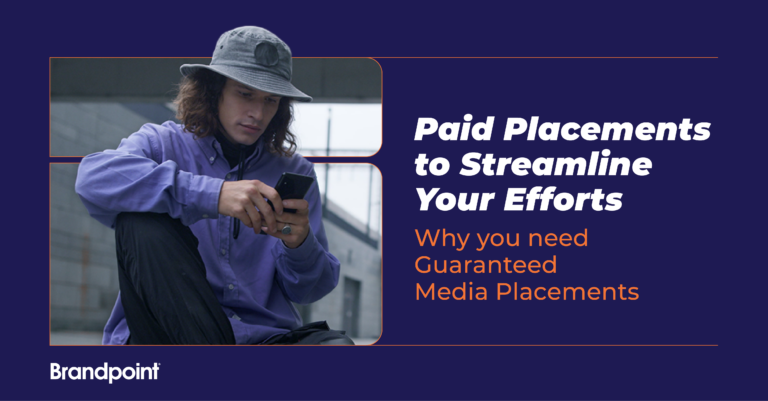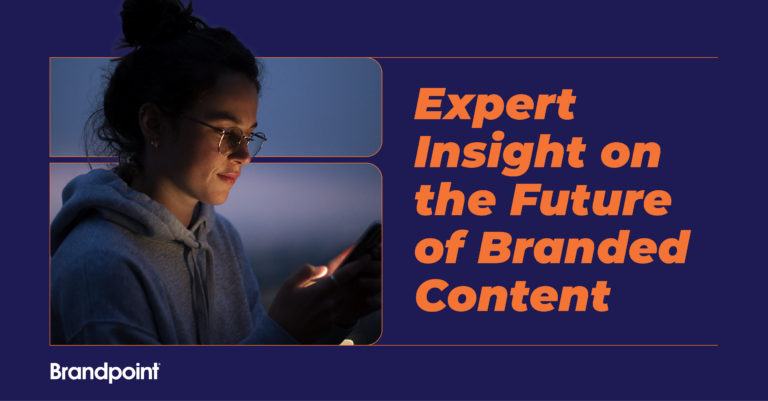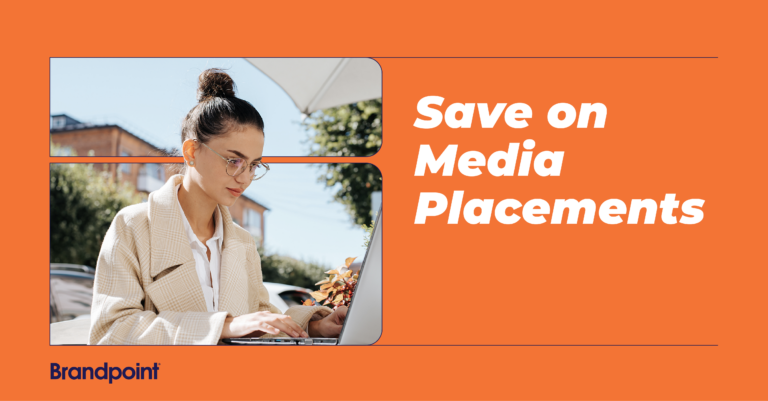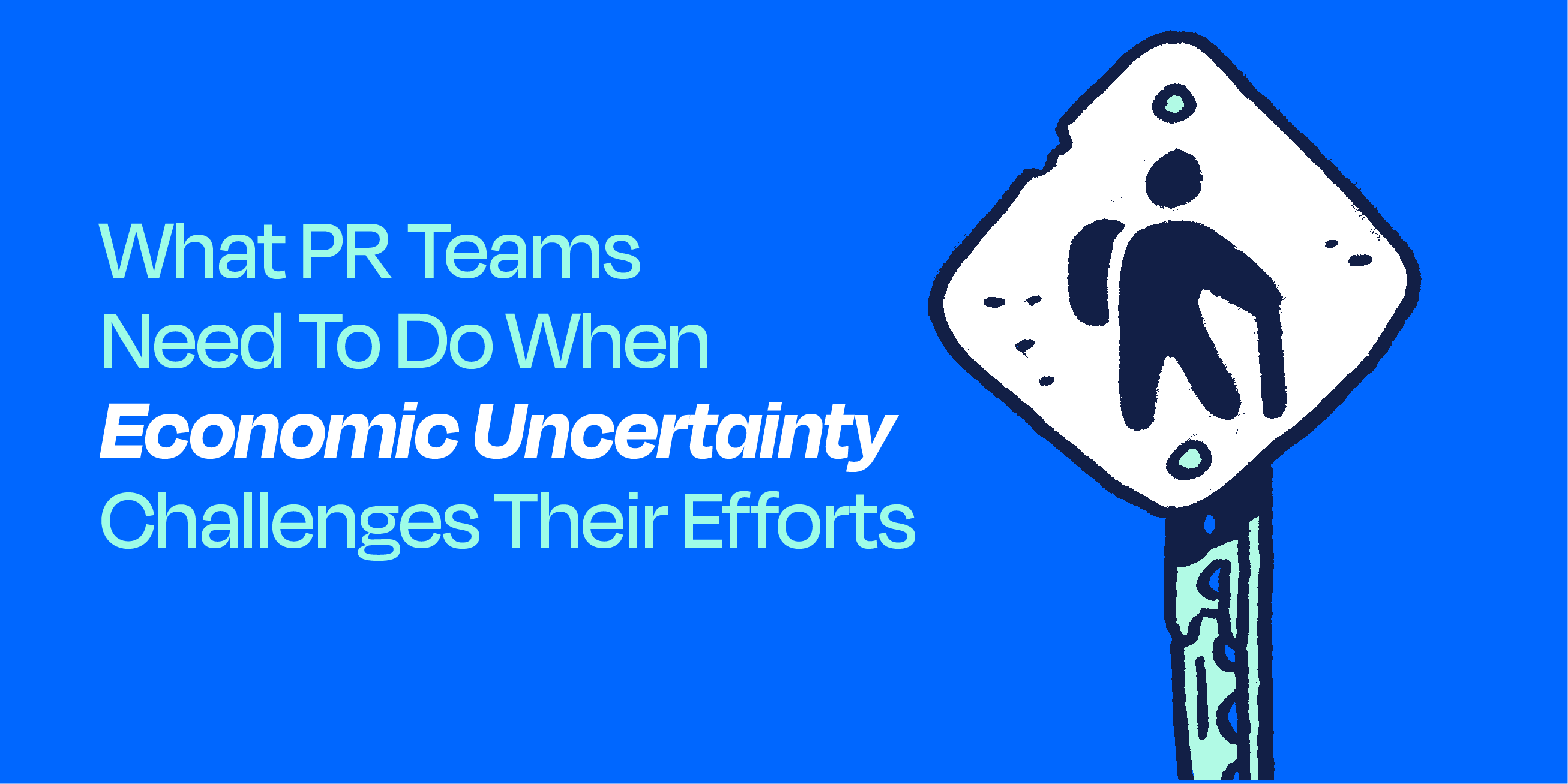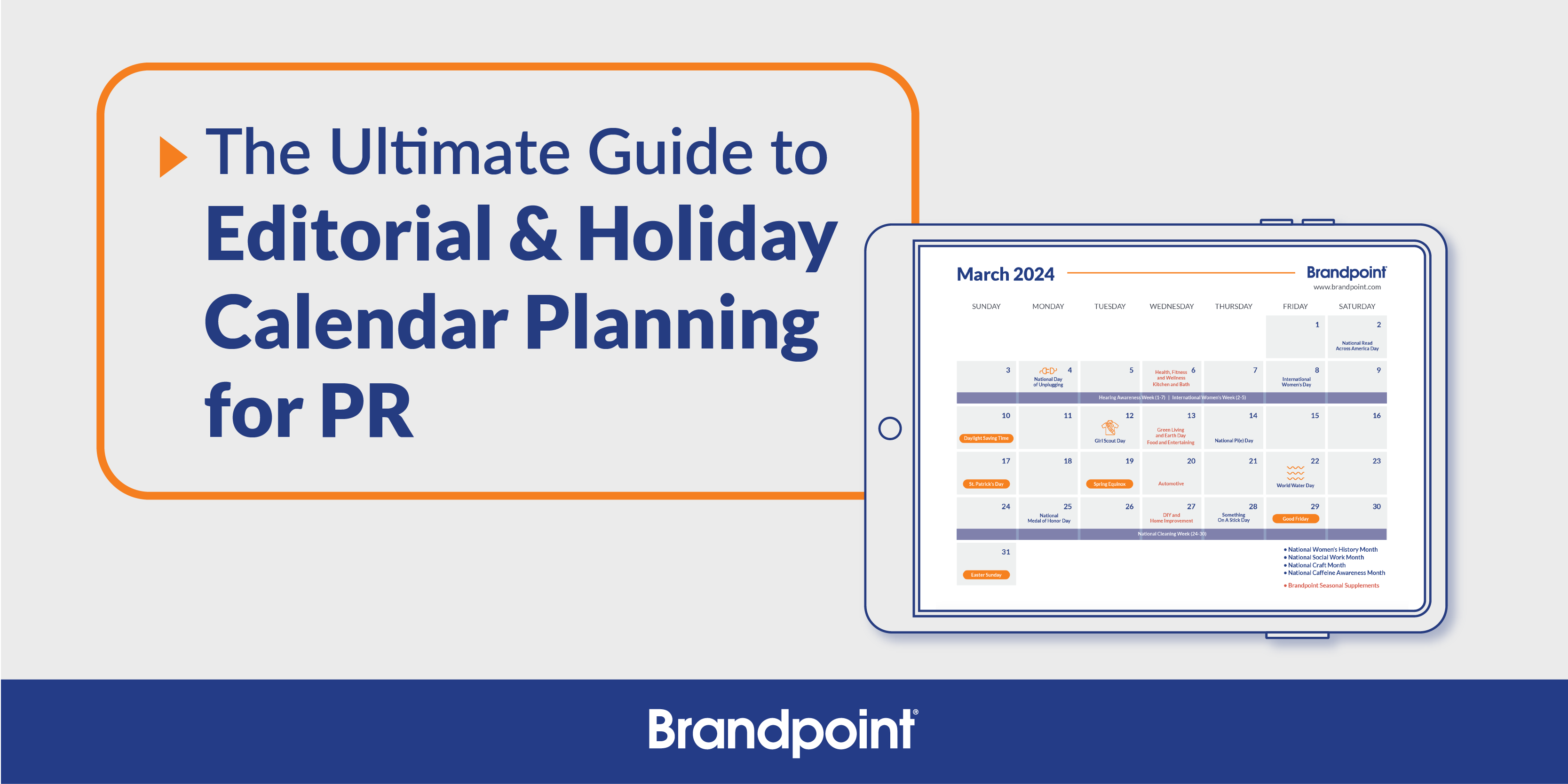I once had a client approach me who said, “Sara, you secured a story for me in The New York Times and over 150 million media impressions. But what did it really get me?”
Working in media relations, that question flabbergasted me. Wasn’t the goal media relations impressions? And isn’t a story in The New York Times the holy grail?
This question continued to haunt me so much that I left a very steady job at a wonderful public relations agency to help found a PR department within a marketing agency. It was a position that both excited and infuriated me. Unlike a PR firm where everybody believed PR had power and a purpose, a marketing agency had many questions about the efficacy and ability to measure PR’s effectiveness.
[Read more: The Ultimate Guide to Editorial & Holiday Calendar Planning for PR]
The age-old question, “If a tree falls in a forest and no one is around to hear it, does it make a sound?” can apply to media placements. After all, if you scored a hit that no one reads, listens to or watches, does it really make a difference?
Driving one brisk fall morning, I saw a V-formation of white pelicans flying south for the winter. Scientists believe that birds do this for two reasons: following the leader or making flying easier. I realized this was how I could sell PR to both internal and external stakeholders. While I couldn’t always lead every campaign with PR, I could make a campaign easier if I showed everyone how to repurpose placements in other channels by leveraging PESO.
What is PESO?
PESO is an acronym that stands for four types of media: paid, earned, shared and owned. For this post, I will focus on how you can help clients leverage earned media placements on all media channels.
Earned media is content created by outside sources without paying for placement. PR and communications professionals work to secure stories about an organization and its products, services and leaders in business, consumer or trade media. To learn more about what PESO is, read this post by Brandpoint.
1. Promote with paid advertising
A classic example of this is advertising quoting media coverage. “Rolling Stone magazine says this is a movie that cannot be missed.” Promoted social posts can highlight an earned media placement to a target audience. If your team is aware of a pending earned media placement, consider purchasing an ad in the same outlet when it’s published.
[Learn more: Get started on paid media!]
2. Use earned placements to earn more placements
Sometimes it takes media coverage to secure coverage. Earned placements can be used to educate reporters on a particular issue, which is helpful when pitching thought leadership or outlets in a different vertical, such as sharing a consumer piece with a trade reporter. When a reporter shot me down on a pitch, I sometimes returned later with a couple of placements to show how the story gained traction. Use this tactic with caution. While it can be leveraged for a time peg (why should this be reported now?), don’t rub it in their face. Back it with a unique angle you know the reporter will find hard to resist.
[Read More: 6 Ways to Bring More Value to Your Client Campaigns]
3. Share those placements on social
Share across the brand’s social channels. If the media outlet or journalist posts the story, like and repost. Share links to stories on a brand page with groups interested in the story’s topic or influencers who have a relationship with your brand.
Sometimes this can be difficult when a client abandons its social sites. One workaround is sharing on LinkedIn and asking executives or employees interviewed in the story to do the same. Draft suggested posts to help make the process easier.
Online media placements can sometimes be difficult to access because of paywalls. Read our blog post on overcoming paywalls to help eliminate this obstacle.
4. Owned media are properties that belong to the client
Share placements on blog or news pages on the brand website. Be sure to provide context to visitors to get them to click. Consider optimizing the content before publishing in your blog or news/media section of your website to focus on SEO and readability optimization. Share in a newsletter. Provide the link for the sales team to share with customers and prospects. Repurpose content for another format, such as a video (YouTube is the second-largest search engine after Google) or infographic. You could also consider creating a downloadable asset like an eBook, which is great for audience capture and engagement on a website. Leverage Brandpoint to publish your multimedia content.
The next time you secure an ace media placement, don’t let it die on the vine. Share it, post it and repurpose it. Your actions just may lead to more opportunities.

